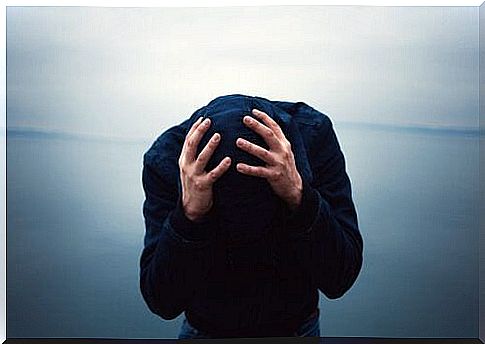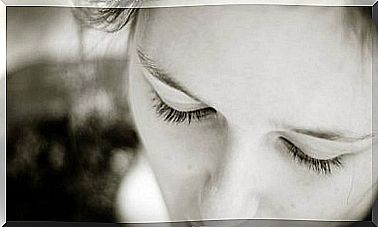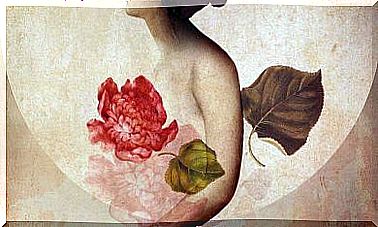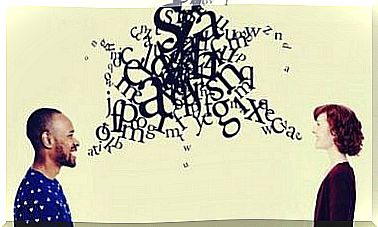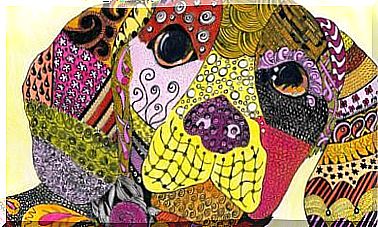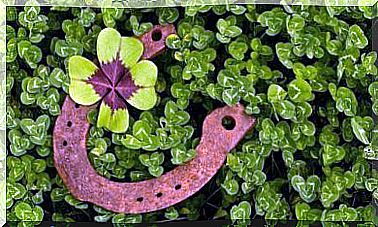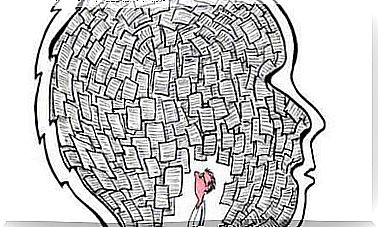Panic Disorder In Children
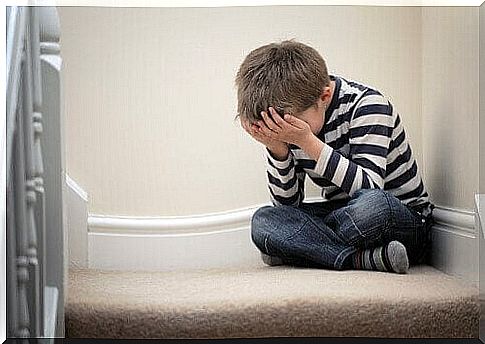
A panic disorder is an anxiety disorder. Anxiety is a human emotion, very human. It consists of an activation of the autonomic nervous system in the face of stimuli or situations that are considered threatening. It therefore has an adaptive character because it helps survival by activating the body’s resources.
Anxiety becomes problematic when it reaches too high an intensity or appears in situations where there is no real reason to be alarmed. In this case, it loses its adaptive value, causes discomfort and abnormal functioning of the person.
Anxiety in Children
Children and adolescents, just like adults, can have an anxiety disorder. Certain events, such as the start of school, the birth of a sibling, the loss of a loved one, or a move can precipitate the onset of the problem.
While there are many similarities to adult anxiety, a child’s reaction to symptoms differs significantly. The negative consequences of childhood anxiety can be greater than in an adult. Indeed, the resources that the child benefits from to manage anxiety have not yet developed.
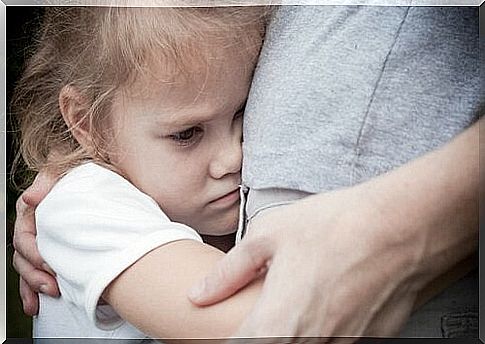
Certain facts which can produce a very strong emotional impact can interfere with the process of growth and maturation of the child. In addition, the repercussions can manifest themselves in the social, educational, personal and family domains. They can also lead to more severe pathologies.
Some anxiety disorders are more common than others in childhood. This is the case with generalized anxiety. Others are linked to a specific age or to very concrete facts, such as when the child separates from his parents or other attachment figures.
Panic disorder in children
Panic disorder is characterized by the recurrent presence of panic attacks that last from a few minutes to several hours. These are aversive, somatic (physiological) and cognitive symptoms that reach their maximum intensity within the first ten minutes. Then, it gradually decreases.
The most characteristic symptoms of a panic attack are:
- Palpitations, very pounding heart, increased heart rate
- Sweat
- Tremors
- Feeling of suffocation, of not being able to breathe
- Oppression, chest pain
- Nausea or abdominal discomfort
- Instability, dizziness or fainting
- Sensation of unreality or depersonalization
- Fear of losing control or going crazy
- Fear of dying
- Paresthesias
- Chills or suffocation
In children, the most common symptoms are palpitations, tremors, difficulty in breathing and dizziness (Last & Strauss, 1989). As we see, cognitive symptoms (fear of dying or losing control) are less common. Somatic or physiological symptoms dominate.
Panic disorder is more common in little girls than in little boys. Its prevalence is low in early childhood. It is about 1% in adolescents (Lewinsohn, Hops, Roberts, Secley & Andrews, 1993). This disorder usually begins to appear in your late teens or thirties.
Sometimes panic disorder in children can be linked to agoraphobia. Agoraphobia is the intense fear of finding oneself in situations that are difficult to escape from, in which it would be difficult to seek help if a symptom started.
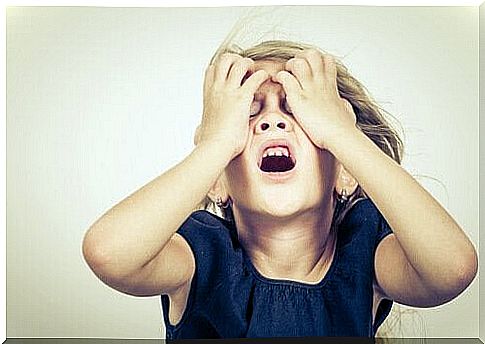
What is the explanatory model of panic disorder in children?
Ley (1987) considers anxiety and stress to be the two most common triggers of hyperventilation. However, there may be other things that trigger it, such as medical problems, exercise, caffeine ingestion, etc.
Hyperventilation involves excessive breathing by the child. The ventilation is too high for the rate of carbon dioxide production. This produces a reduction in blood pressure.
The sensations that accompany hyperventilation (sweating, tachycardia, palpitations, dizziness, impaired vision, feeling of suffocation, difficulty in breathing, etc.) frighten the child. The fight-flight mechanism is therefore put in place, by intensifying the symptoms of hyperventilation and the fear of sensations.
The increase in symptoms and the resulting fear create a vicious cycle that can lead to the onset of a panic attack. However, hyperventilation is not the only factor that explains this crisis. There are others such as biological predisposition and Pavlovian conditioning. In these cases, panic attacks occur through association processes.
As we have seen, panic disorder in children is very similar to what adults can suffer from. Perhaps the most significant difference is the interpretation that can be made of it, as well as the more or less accentuated presence of physical or cognitive symptoms.
